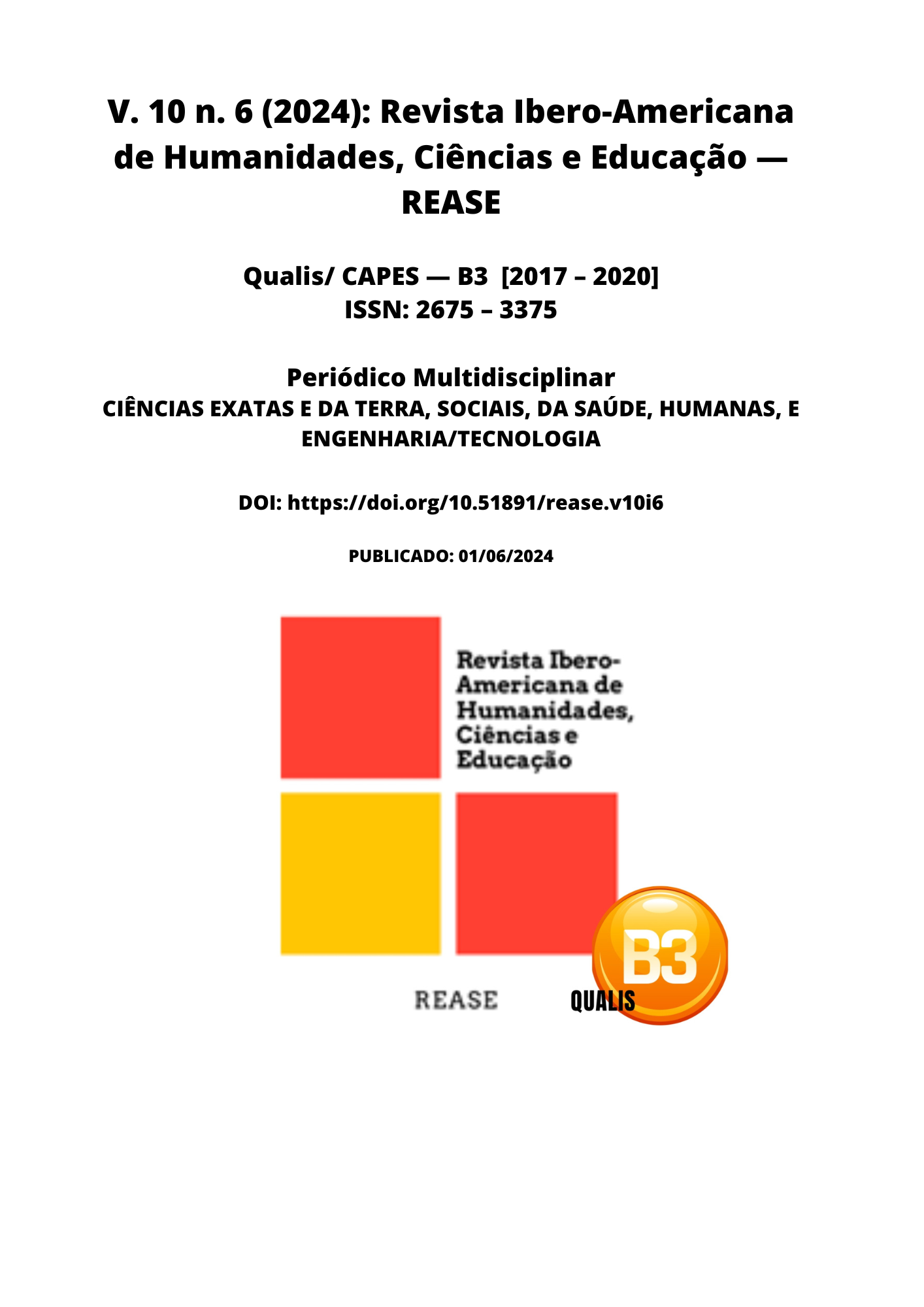THE ROLE OF TECHNOLOGY IN FACILITATION OF INTERNATIONAL TRADE
DOI:
https://doi.org/10.51891/rease.v10i6.14555Keywords:
Technology. Advanced. SISCOMEX.Abstract
The purpose of this article is to analyze the impact of Siscomex on international trade, focusing on its influence on the Brazilian business environment. The analysis is not limited to the use of emerging technologies in the system, but also to their specific contribution to simplifying foreign trade activities in the country. Furthermore, the study analyzes the role of Siscomex in commercial transactions in Brazil, taking into account the integration of world markets, e-commerce practices and electronic payment systems. Therefore, this research addresses several topics, from the relationships between technology and international trade to the practical implications of Siscomex in global transactions. The objective is to improve understanding of the complexities and opportunities that arise from the interaction between technology and international trade, crucial in a 21st century of constant technological advances.
Downloads
Downloads
Published
How to Cite
Issue
Section
Categories
License
Atribuição CC BY

